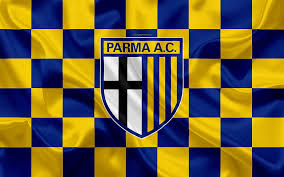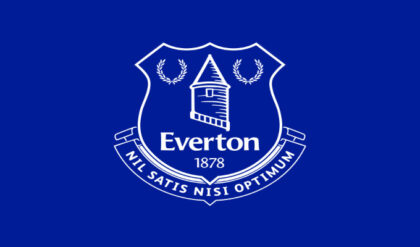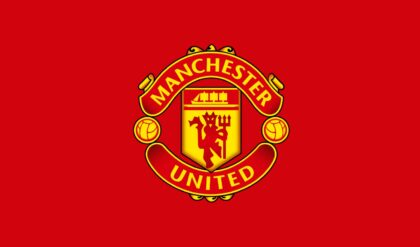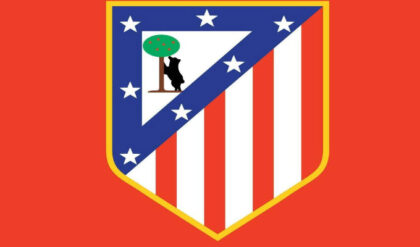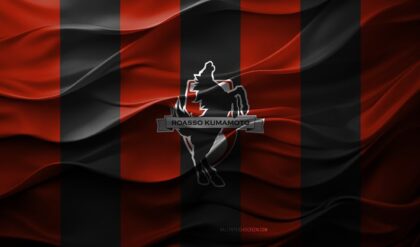Espanyol Club is not just a football team; it embodies the spirit and passion of its supporters. Founded in 1900, this club has become a significant part of Spanish football history and culture. Over the years, Espanyol Club has developed a unique identity, connected deeply with Catalonian pride and the broader Barcelona community. As we delve into the annals of this illustrious club, we will uncover its rich history, pivotal moments, and the undying love of its fans.
Origins and Foundation of Espanyol Club
The story of Espanyol Club begins at the turn of the 20th century when a group of students and local enthusiasts felt the need for a football club that would represent the working-class spirit of Barcelona. The foundation of the club marked a significant moment in the sports landscape of Spain.
Historical Context of Football in Spain
Football was gaining traction across Europe during the late 19th and early 20th centuries. In Spain, various clubs were forming, but many centered around elite classes or specific localities. Espanyol Club emerged from this transitional period, aiming to offer an inclusive platform where anyone could engage in the beautiful game.
This period was characterized by rapid industrialization in Barcelona, leading to a vibrant working-class community. Espanyol Club quickly became a point of identity for these locals, standing as a testament to their values and aspirations. With roots deeply embedded within the culture of Barcelona, it fostered loyalty and passion among its followers.
Founding Members and Early Years
The founding members of Espanyol Club included a mix of students from the city’s technical school who cherished football’s camaraderie and competitive spirit. They initially played friendly matches against local teams on improvised pitches, using whatever space they could find.
In its early years, the club struggled to establish itself within the very competitive Spanish football hierarchy. Yet, they remained steadfast in their vision, gradually building a solid fan base which recognized the essence of the club. This initial grassroots support laid the groundwork for what would eventually become one of the most recognizable names in Spanish football.
First Major Achievements
As Espanyol Club began to gain momentum, it started to compete in regional leagues, showcasing its potential. After several seasons of hard work, the club clinched its first major title in 1929 when it became part of La Liga. This achievement was monumental, proving that Espanyol Club had firmly established itself in the Spanish football arena.
These early victories were celebrated passionately by supporters, uniting them in jubilation and hope for the future. The sense of accomplishment further fueled the club’s ambition, and their identity continued to evolve alongside their growing success.
The Evolution of Espanyol Club: Triumphs and Trials
Espanyol Club’s journey is marked by both triumphs and trials, showcasing resilience in the face of adversity. This section examines the most significant milestones and challenges throughout the decades, reflecting on how each shaped the club’s character.
The Golden Era: 1940s to 1960s
The mid-20th century marked a golden era for Espanyol Club. During this time, the club achieved remarkable successes, including significant national championships and European competitions.
The club’s performance peaked in the late 1940s, when they claimed their first Copa del Rey title. The victory was celebrated throughout Catalonia, strengthening the bond between Espanyol Club and its supporters. The team’s ability to attract talented players during this period contributed significantly to their success.
Challenges and Setbacks
Despite periods of glory, Espanyol Club faced numerous challenges along the way. Economic difficulties, shifting player dynamics, and competition from other clubs, especially FC Barcelona, posed significant hurdles.
The club experienced relegation from La Liga multiple times, often struggling to regain its top-flight status. These challenges tested the resolve of both the players and the loyal fanbase. Their unwavering support proved crucial in restoring the club’s place among Spain’s elite teams.
Resurgence and Modernization
In the 1990s and early 2000s, Espanyol Club underwent a resurgence. With new management and investment, the team sought to modernize operations, improve training facilities, and develop a youth academy. This investment paid off as the club began producing homegrown talent, instilling pride and fostering a sense of belonging among its supporters.
The introduction of these young players brought renewed energy to the squad, establishing a promising future. Fans watched with excitement as their beloved club built a sustainable model for success that balanced tradition with innovation.
